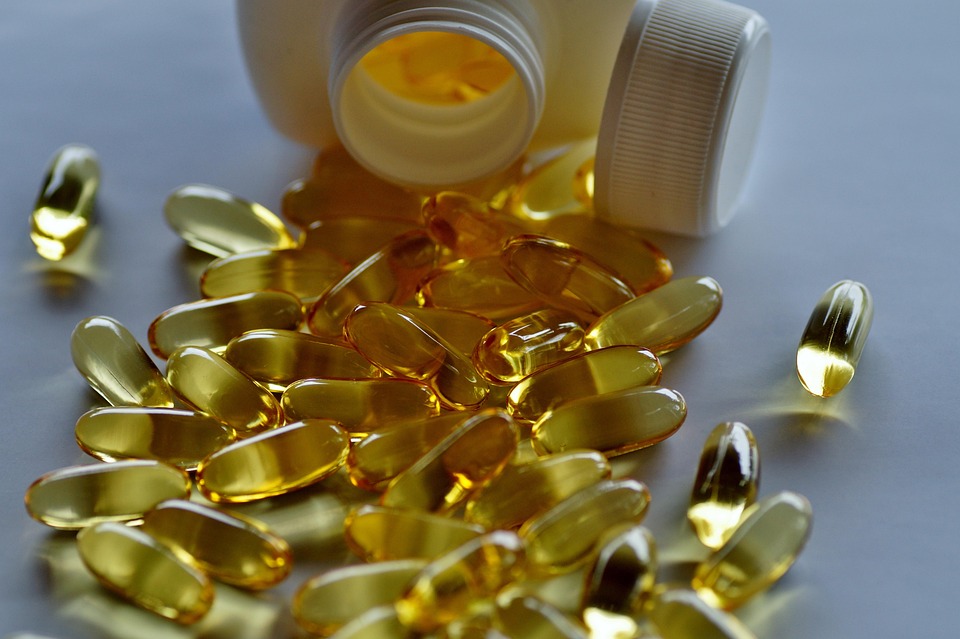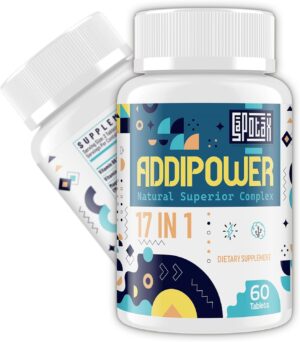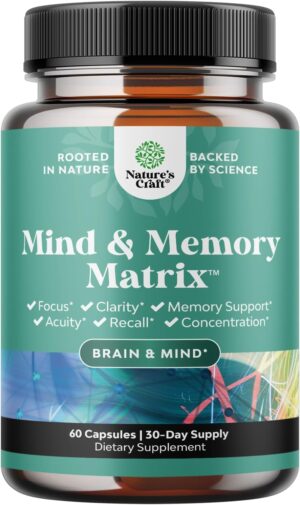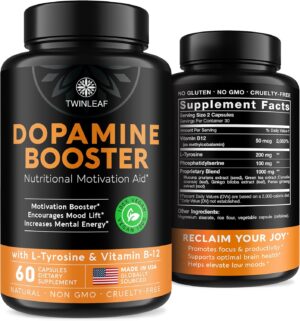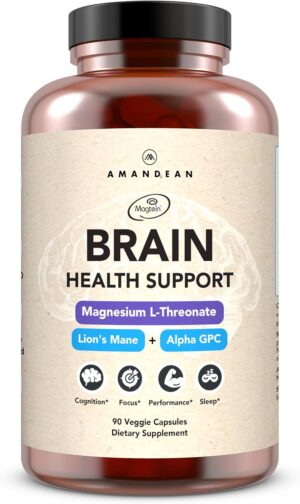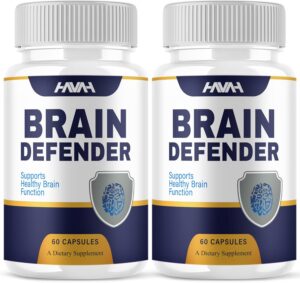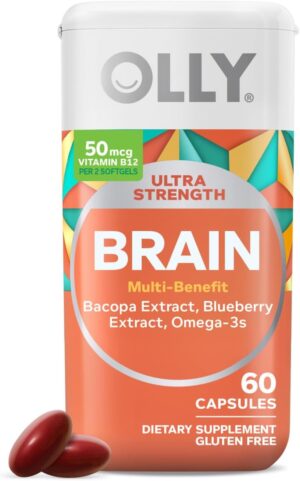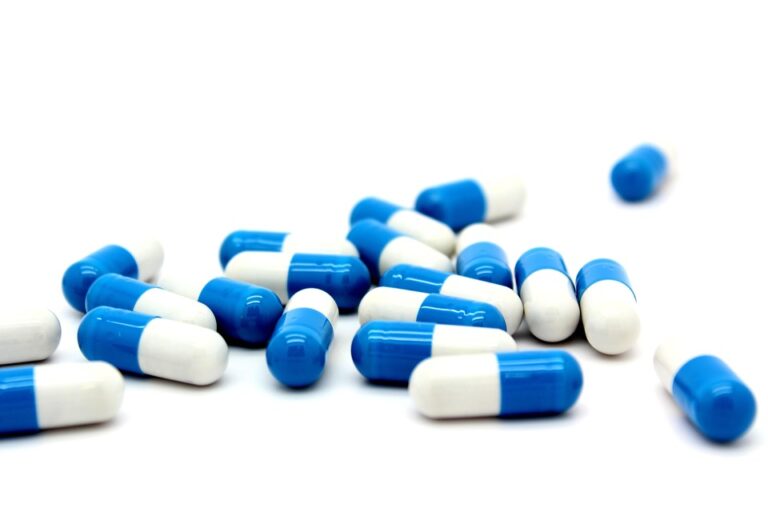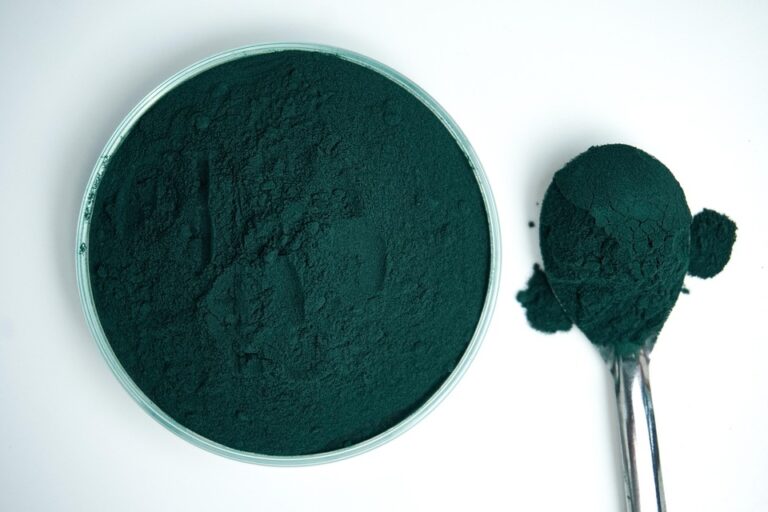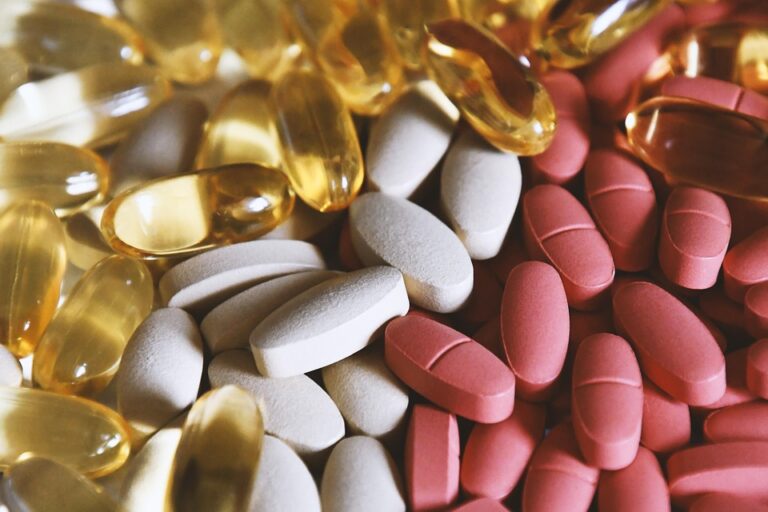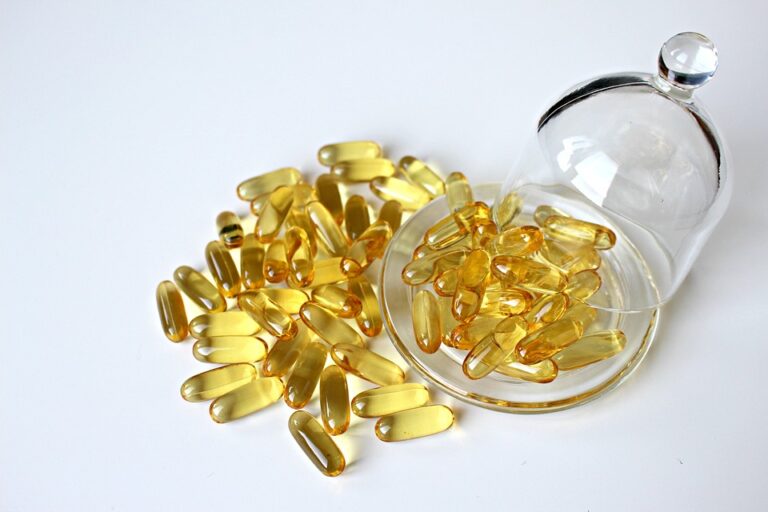Do you find yourself reaching for that third cup of coffee by mid-afternoon, battling brain fog, or struggling to stay focused after lunch? The dreaded midday slump is a common productivity killer, but it doesn’t have to be inevitable.
Research shows that fatigue during working hours isn’t just about sleep deprivation—it’s also influenced by nutrition, hydration, movement, and even breathing habits. By adopting a strategic, science-backed energy stack, professionals can sustain peak mental clarity and alertness throughout the day without relying on endless caffeine.
The Culprits Behind the Midday Crash
Several factors contribute to the post-lunch energy dip:
- Blood sugar spikes and crashes from high-carb meals
- Dehydration, which impairs cognitive function
- Poor oxygenation due to shallow breathing
- Cortisol dips, as stress hormone levels naturally decline in the afternoon
- Sedentary work habits leading to sluggish circulation
The Science-Backed Energy Stack
Instead of fighting fatigue with sugar or stimulants, try this multi-pronged approach to boost energy sustainably:
1. Optimize Your Morning Fuel
- Start with protein & healthy fats (eggs, Greek yogurt, nuts) to stabilize blood sugar.
- Limit refined carbs & sugar—they cause energy crashes later.
- Hydrate immediately: A glass of water with electrolytes (like potassium and magnesium) can prevent dehydration-related fatigue.
2. Smart Caffeine Strategy
- Delay caffeine for 90 minutes after waking to avoid mid-afternoon crashes (based on adenosine receptor research).
- Pair caffeine with L-Theanine (found in green tea or as a supplement) for sustained focus without jitters.
3. Movement Breaks for Circulation
- 5-minute brisk walks every 60-90 minutes improve blood flow to the brain.
- Isometric exercises (like chair squats or standing calf raises) can boost alertness quickly.
4. Breathing & Oxygenation Hacks
- Practice diaphragmatic breathing (4-4-4 method: inhale 4 sec, hold 4 sec, exhale 4 sec) to reduce stress and enhance oxygen uptake.
- Deep inhale + quick exhale (once every hour) stimulates the sympathetic nervous system for a quick energy lift.
5. Strategic Light Exposure
- Get 10 minutes of sunlight in the morning to regulate circadian rhythms.
- Use blue-light blocking glasses in the evening to improve next-day energy.
6. Power Naps (If Possible)
- A 10-20 minute nap can restore alertness without grogginess (NASA studies confirm improved pilot performance post-nap).
Final Thoughts
Beating the midday slump isn’t about pushing through exhaustion—it’s about optimizing your biology. By supporting blood sugar, oxygenation, movement, and smart stimulant use, you can maintain high energy levels and productivity all day.
Try this stack for a week and track the difference. Small tweaks lead to big gains—say goodbye to 3 PM crashes for good.
What’s your go-to energy hack? Share in the comments!
(For further reading, check out research from the Journal of Cognitive Enhancement on caffeine + L-Theanine, and NASA’s studies on napping.)
Would you like any refinements for a specific industry (e.g., remote workers, executives)? Or adjustments to the supplement/nutrition recommendations?

